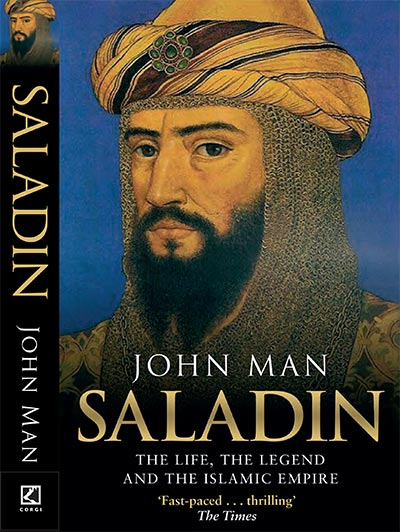 |
|
[Photo provided to China Daily] |
"This is largely because Damascus was Saladin's base and that is where his grave is and also a major statue of him. The Assads look back to Saladin and, of course, as everyone is hoping and looking for the next leader who can unite Sunnis and Shias."
Saladin lived at a time when the Silk Road provided major trade links between the Islamic world and China.
"This was a time when Islam and the Chinese were probably the leading civilizations in the world. Islam at the time was very outgoing and tolerant," he says.
Man, who read modern languages at Oxford before taking a separate degree in Mongolian at the School of Oriental and African Studies in London, began his career as a journalist with Reuters in Bonn in the late 1960s.
He then moved into publishing before becoming a full-time author in 1983. He has produced 18 books (14 of which are still in print), including several on China covering subjects as diverse as the Terracotta Warriors, the Great Wall and Marco Polo. His biography of Genghis Khan has sold 200,000 copies alone and has been translated into 21 languages.
The Mongol leader has had something of a historical makeover with a more nuanced image emerging than that of just a brutal military leader. Man was an adviser on Sergei Bodrov's 2007 Oscar-nominated film Mongol.
"For his victims the older image was certainly a reality. He was responsible for many millions of deaths in China and in the Islamic world but he was at the same time a brilliant leader."
Man insists that the Mongol leader also didn't habitually boil people as a form of capital punishment.
|
|
|
|
|
|
|
|
